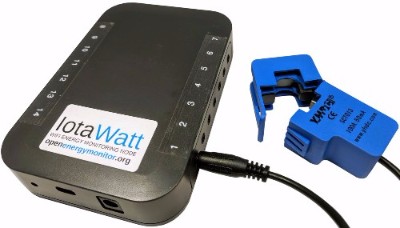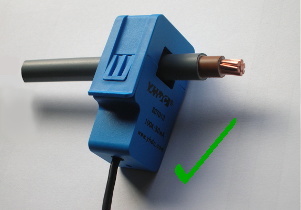Now that we’re pretty sure we’re getting this house, I’m getting a little more serious about how to implement new features into an existing structure. Of course everybody wants everything. But it really comes down to costs. How much am I paying, versus what benefits do I get for my money.
I had been thinking about a grey water system that recycled the water from our sinks and baths, into a different system exclusively for the commode. But since we would need to break a lot of concrete to redo the drain system, we’ve decided to leave that alone for now.
We’re moving more towards the electrical side of the house, and how we can keep costs down while adding new features, such as remote dimming and monitoring.
I checked out a few different products, such as Sense, Curb, and a couple of others. I finally decided that I would invest in the backbone provided by Open Energy Monitor by utilizing their ‘iotawatt’ energy monitor.
finally decided that I would invest in the backbone provided by Open Energy Monitor by utilizing their ‘iotawatt’ energy monitor.
The way it works is that you snap a sensor over each wire that feeds a leg into your home. The IotaWatt has 14 ports for sensors that you can use for each leg of your home. If you need more, you can cascade additional units.
It all feeds back to a raspberry pi configured base station, that will eventually integrate with my ‘whole home’ monitoring system, to be discussed at a later date.
 I gave serious consideration to having ‘smart outlets’ for each outlet of my home, but there were two challenges. 1) Most smart outlets would only let you control one of the two outlets and 2) They cost a freaking mint. I’m hunting around for something I’d like, but I’m still not sure what I want. I’d like to have all GFCI, but I want a few of them to have USB chargers. What I think I’ll end up doing is having one GFCI be a ‘control’ for the rest of the outlets in the room, and have one or two USB, and one or two ‘regular’ outlets. The kitchen will need more GFCI than USB… the bedrooms will want more USB than GFCI, etc… So I guess I need to do a head count.
I gave serious consideration to having ‘smart outlets’ for each outlet of my home, but there were two challenges. 1) Most smart outlets would only let you control one of the two outlets and 2) They cost a freaking mint. I’m hunting around for something I’d like, but I’m still not sure what I want. I’d like to have all GFCI, but I want a few of them to have USB chargers. What I think I’ll end up doing is having one GFCI be a ‘control’ for the rest of the outlets in the room, and have one or two USB, and one or two ‘regular’ outlets. The kitchen will need more GFCI than USB… the bedrooms will want more USB than GFCI, etc… So I guess I need to do a head count.
I’ll get back to you on that.